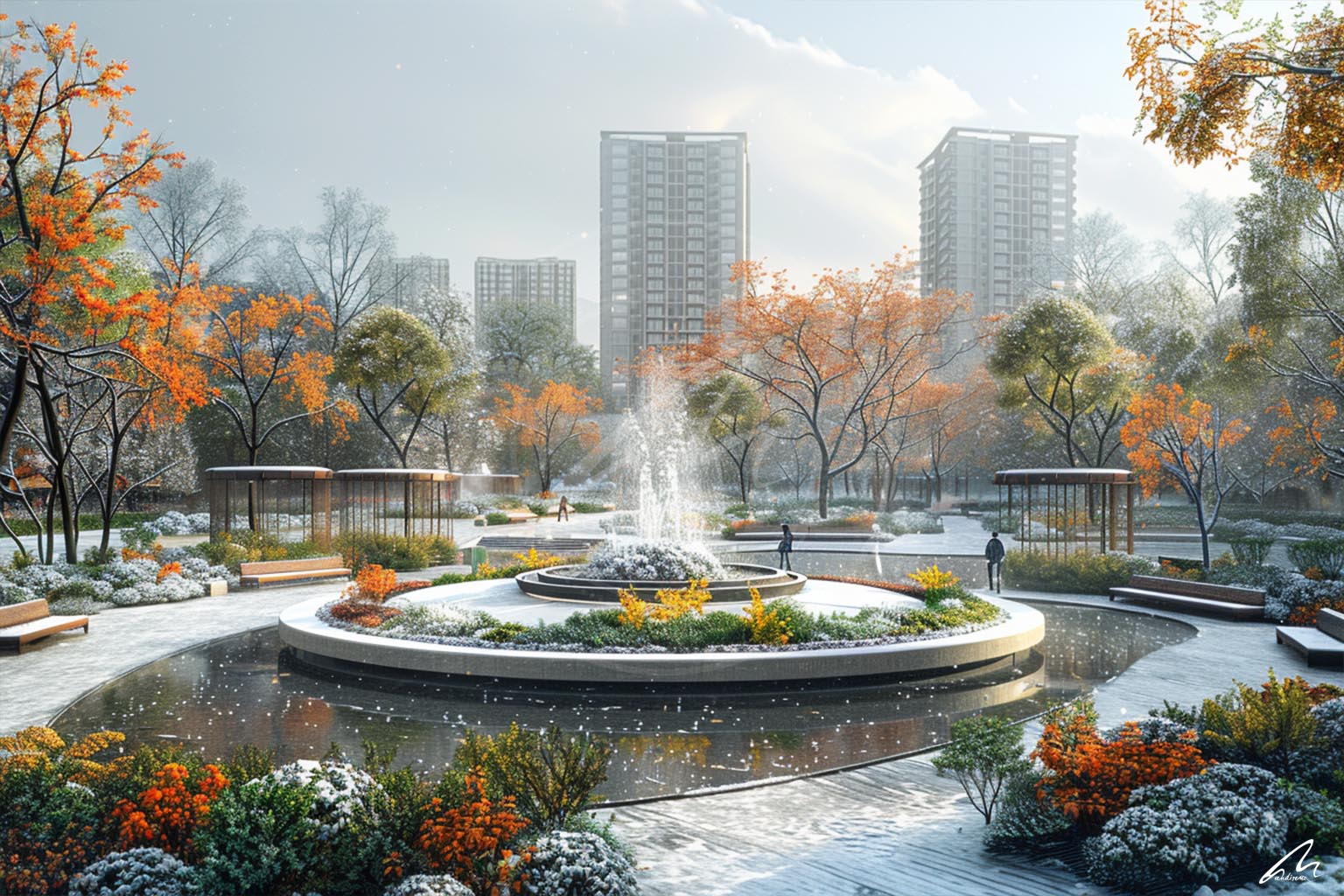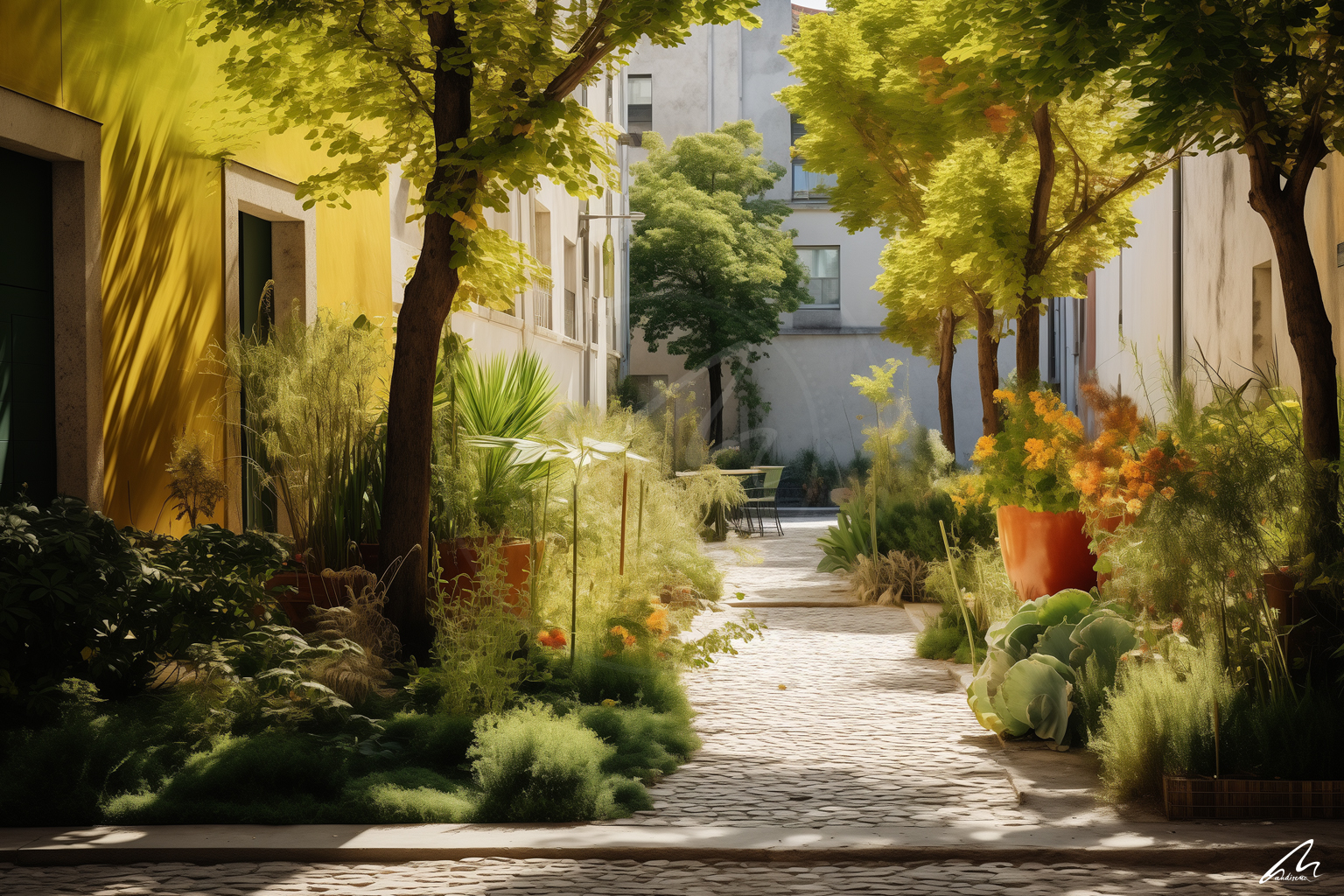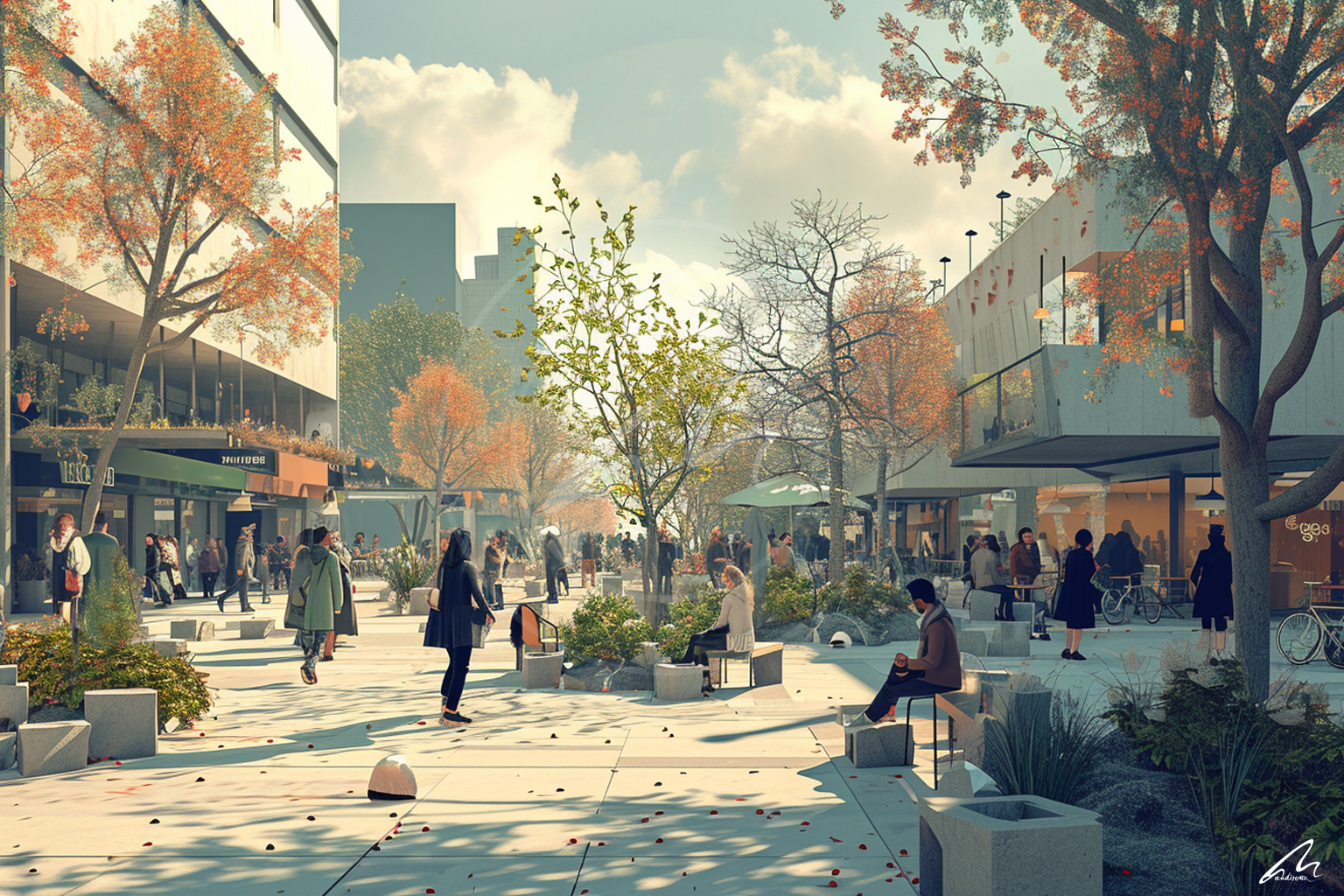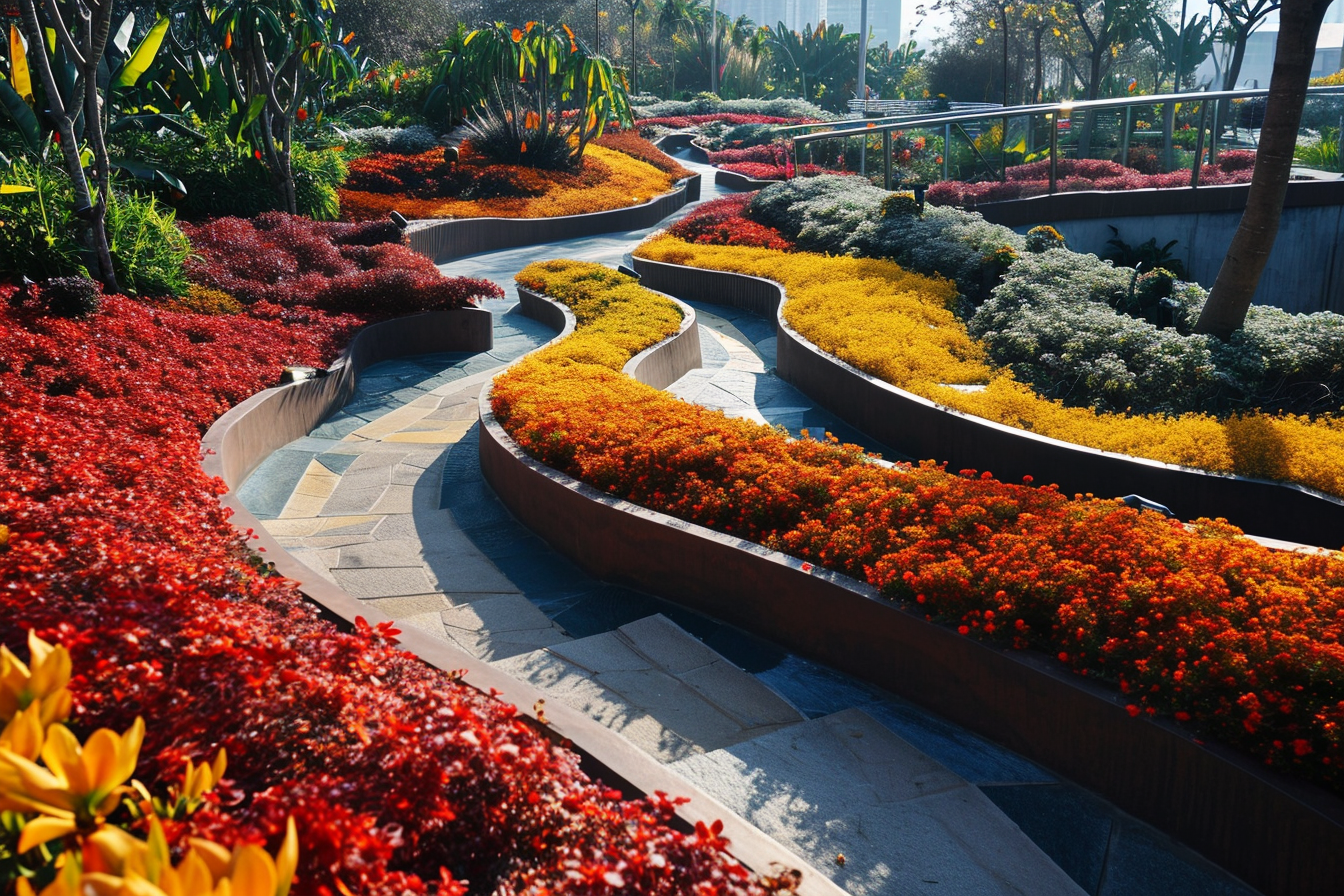The Role of Public Space in Community Building: Shaping Vital Connections
In the dynamic rhythm of urban life, where towering skyscrapers carve the skyline and the symphony of city sounds echoes, lies an often-overlooked catalyst for community cohesion – public spaces. These open-air sanctuaries, ranging from vibrant plazas to serene parks, are the lifeblood of neighborhoods, stitching together the diverse tapestry of residents. They are more than just physical locations; they are the beating heart, the communal soul, and the canvas upon which the story of our communities is painted.
Public Spaces as Social Connectors
In the bustling core of every community, public spaces play a pivotal role in shaping the social fabric. Serving as neutral grounds, they provide a stage for individuals of varied backgrounds to converge, fostering a shared identity and purpose. Parks, squares, and community centers become arenas for the symphony of informal interactions – neighbors exchanging stories over coffee, children crafting memories through play, and families weaving the threads of togetherness during leisurely strolls. These seemingly mundane moments contribute to a vibrant tapestry of interconnectedness, fortifying the ties that bind communities together.

“The trust of a city street is formed over time from many, many little public sidewalk contacts… Most of it is ostensibly trivial but the sum is not trivial at all.”
Jane Jacobs
The Potential Unleashed
The transformative potential of public spaces in fostering community building is nothing short of extraordinary. They offer a rich tapestry of opportunities for shared experiences, sparking social interaction and cultivating a profound sense of belonging. Consider the lively Plaza Mayor in Madrid, Spain, or the iconic Spanish Steps in Rome, Italy – these squares stand as vibrant hubs for cultural events, festivals, and spontaneous gatherings. Residents of all ages convene to revel in live music, dance, and art exhibitions, fostering a shared heritage and a collective passion for creativity.

Navigating Challenges for Inclusivity
While the promise of public spaces is immense, challenges must be addressed to ensure inclusivity and accessibility. Safety concerns, inadequate amenities, and design elements excluding certain groups can hinder these spaces from realizing their full potential. Reflect on Bryant Park in New York City, once neglected and crime-ridden. Its transformation into a thriving community hub stands as a testament to the power of strategic design and community engagement. Through renovations emphasizing accessibility, safety, and programming appealing to a diverse population, the park underwent a revitalization echoing its community’s needs.
Ensuring Inclusivity and Accessibility: A Blueprint for Success
To create public spaces that genuinely support community building, careful consideration must be given to factors such as safety, accessibility, and inclusive design:
Safety: Design and manage public spaces with everyone’s safety in mind. Adequate lighting, security measures, and access to emergency services are paramount.
Accessibility: Ensure that public spaces are accessible to everyone, irrespective of age, ability, or background. Implement features like ramps, curb cuts, wide aisles, and accessible restrooms.
Inclusive Design: Create spaces that welcome everyone, regardless of race, ethnicity, gender, sexual orientation, or religion. Incorporate culturally appropriate design elements and provide spaces for people to gather and celebrate their differences.
Engaging Communities for Sustainable Transformation

To unlock the full potential of public spaces, active community engagement in their planning and development is crucial. This participatory approach fosters a sense of ownership and stewardship among residents, ensuring that these spaces reflect their needs and values. Participatory design workshops, where residents contribute ideas and suggestions, can lead to the creation of spaces that are not only aesthetically pleasing but also functional and welcoming to all.
Conclusion: Embracing the Power of Public Spaces
Public spaces are not mere voids; they are the heart of our communities, pulsating with the lifeblood of social interaction, cultural vibrancy, and a shared sense of belonging. By actively involving communities in their design and management, we can unlock their transformative power, creating spaces that nurture social bonds, enhance the quality of life, and contribute to the overall well-being of our communities. Let us embrace the power of public spaces, allowing them to be catalysts for creating vibrant, connected, and thriving communities.
Now, we want to hear from you! What public spaces have left an indelible mark on your community? What challenges have you faced in creating vibrant public spaces? Share your experiences and thoughts – the comments section is your canvas. Let’s continue the conversation and inspire each other to build better, more connected communities.
Mahdiseño
As an architect, landscape architect, and digital artist, I'm passionate about the planet and want to contribute to our collective understanding of the challenges we face.
Recent Posts
The Art of Detailing: Why Small Elements Matter in Landscape Design
The Power of Sensory Experiences in Urban Design
The Role of Public Space in Community Building: Shaping Vital Connections
The Influence of Urban Design on Social Equity
The Tapestry of Life: Embracing Biodiversity in Urban Design
Urban Oasis: Reviving Cities through Innovative Landscape Architecture
We Can Make a Difference TOGETHER
Loving the planet is one of the most important things we can do as human beings. Earth is the only planet in our galaxy that can support life, and it provides us with essential life support such as air to breathe. Unfortunately, our planet is facing many challenges such as climate change, deforestation, pollution, and loss of biodiversity. It is up to us to make a difference and take action to protect the planet.
 Let’s shake the world.
Let’s shake the world.











Comment (1):
binance
Your point of view caught my eye and was very interesting. Thanks. I have a question for you.